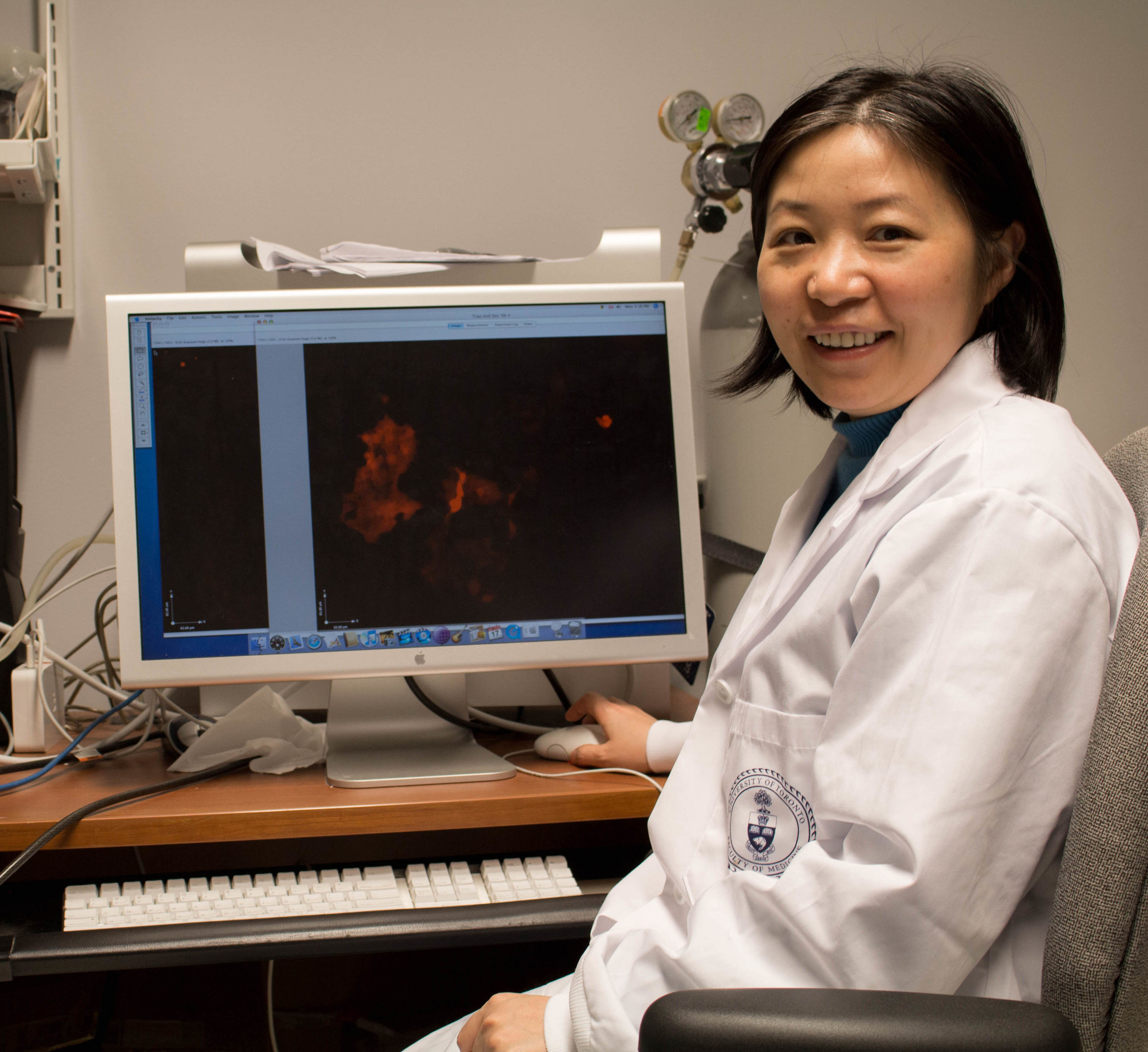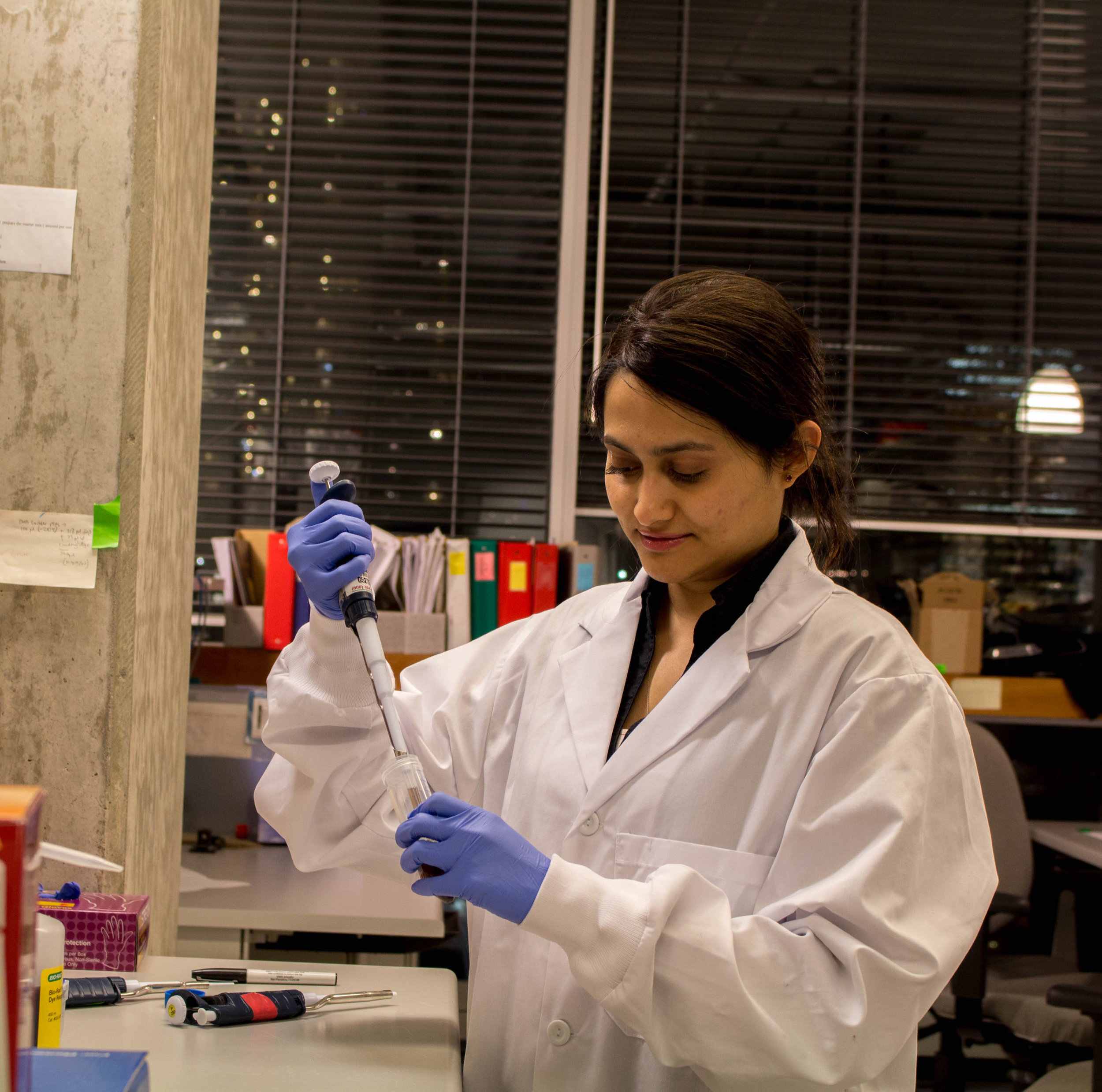Research Overview
My laboratory focusses on understanding how intracellular signalling cascades receive and then transmit extracellular signals and thereby modulate complex biological responses. Current areas of interest are the TGFB, Wnt and Hippo signalling pathways, whose disruption is associated with numerous diseases including cancer.
Representation of utomated image analysis to identify novel regulators of the Hippo pathway.
A role for Foxh1 in forebrain patterning.
My lab also studies pathways that regulate neuronal morphology, including the formation of axons and dendrites in primary neurons. We use mammalian cell model systems, biochemical and cell biological methods, organoids and mouse model systems to examine how pathway disruption alters cellular and developmental processes. In addition, we use high-throughput robotics-based methods to examine protein-protein interactions, and to screen for alterations in signalling output using RNAi, CRISPR/Cas9 and small-molecule chemical libraries.
A GFP-expressing neuron isolated from E16 embryo.
Bright field image of a ‘minibrain’ at Day 90.
Integrated multidimensional screening to identify new signalling components








